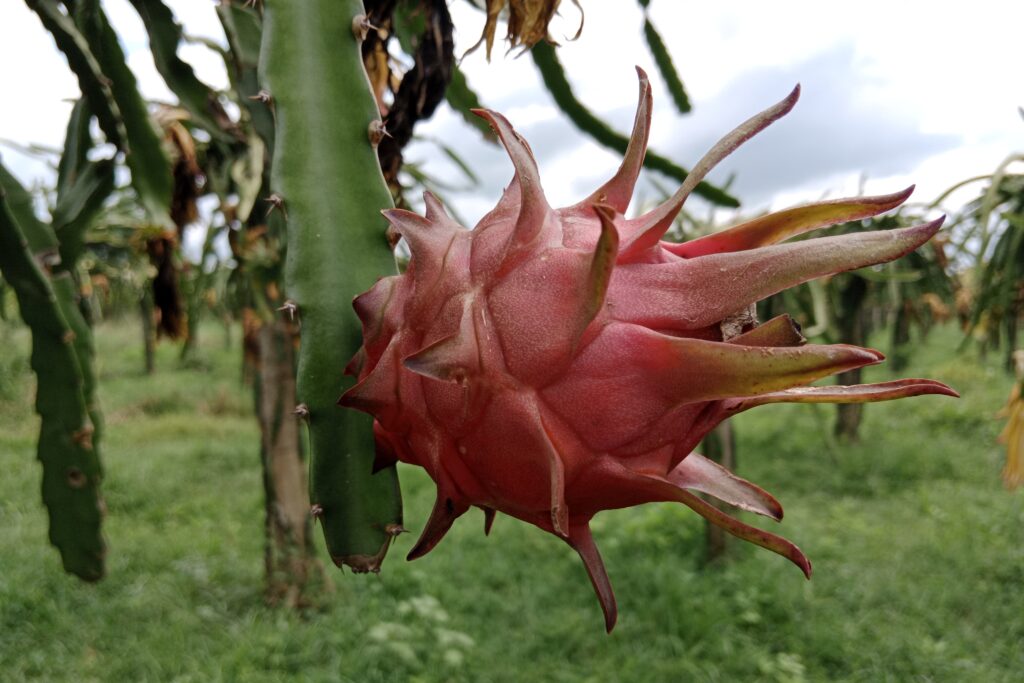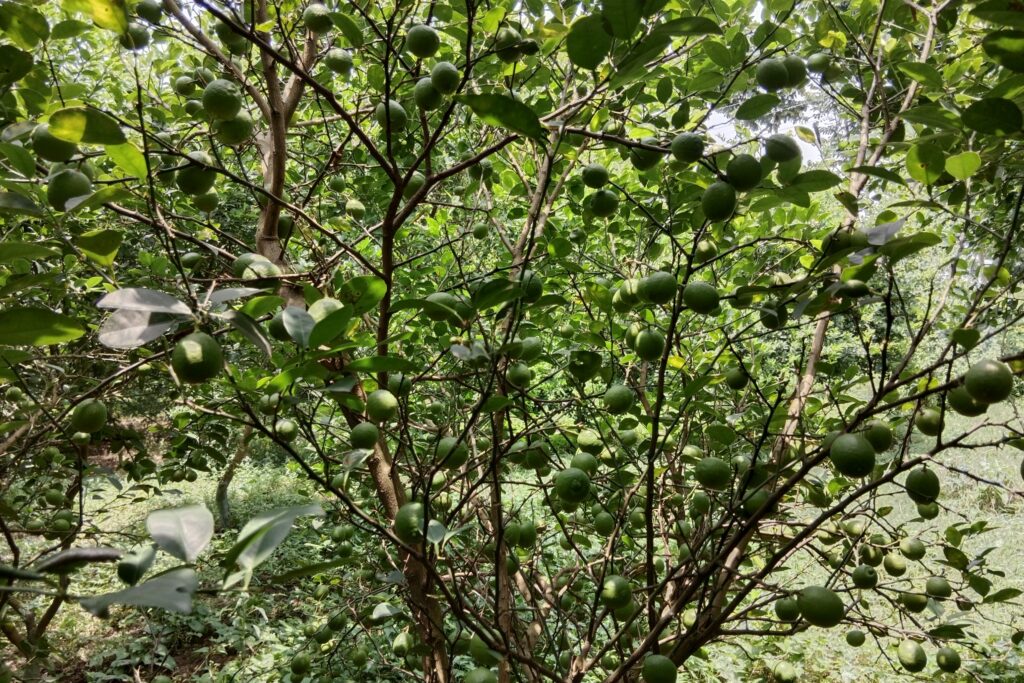Lipids are vital to plant biology, serving as key structural components of cellular membranes, energy reservoirs, and protective barriers against environmental stress. Constituting approximately 5.9% of the plant’s dry weight, lipids are indispensable for maintaining cellular integrity and function. This blog explores the intricate processes of lipid metabolism in plants, focusing on four main aspects: lipid synthesis, their incorporation into membrane and storage lipids, and the formation of specialized lipids like cutin, suberin, and waxes. Each step highlights the biochemical pathways and physiological significance of lipids, shedding light on their diverse roles in plant growth and survival.
- Lipid Synthesis
- Membrane Lipid
- Storage Lipid
- Cutin, Suberin and Waxes
Lipid Synthesis
Lipid synthesis in plants is a complex and highly regulated process that involves the coordinated activity of multiple organelles, including plastids, the endoplasmic reticulum (ER), peroxisomes, and mitochondria. Each organelle contributes to specific aspects of lipid biosynthesis, modification, and utilization, ensuring efficient production and integration of lipids into cellular structures and metabolic pathways.
Biosynthesis of Fatty Acids
Plastid (Site of Fatty Acid Synthesis)
Fatty acid biosynthesis begins in plastids, where acetyl-CoA serves as the precursor. The enzyme acetyl-CoA carboxylase (ACCase) catalyzes the conversion of acetyl-CoA into malonyl-CoA, the first committed step in fatty acid synthesis. This malonyl-CoA is then attached to an acyl carrier protein (ACP), forming malonyl-ACP, which serves as the building block for chain elongation.
Ketoacyl-ACP Synthases (KAS)
These enzymes are central to the elongation of fatty acid chains
- KAS III: Initiates fatty acid synthesis by condensing acetyl-CoA with malonyl-ACP to produce a four-carbon intermediate, 4:0-ACP.
- KAS I and KAS II: Extend the fatty acid chain through successive additions of malonyl-ACP, producing longer-chain fatty acids such as palmitoyl-ACP (16:0-ACP) and stearoyl-ACP (18:0-ACP).
Desaturation
The saturated fatty acid stearoyl-ACP (18:0-ACP) undergoes desaturation by plastidial stearoyl-ACP desaturase to form oleoyl-ACP (18:1-ACP), an unsaturated fatty acid critical for membrane lipid synthesis and further modifications.
Endoplasmic Reticulum (Site of Lipid Assembly)
Fatty acids synthesized in plastids are exported as fatty acyl-CoA derivatives, such as palmitoyl-CoA (16:0-CoA) and oleoyl-CoA (18:1-CoA), to the endoplasmic reticulum (ER), where they are incorporated into glycerol backbones to form complex lipids.
Phosphatidic Acid (PA)
Formed by the addition of fatty acyl-CoA to glycerol-3-phosphate, PA serves as a precursor to membrane phospholipids and glycolipids.
Diacylglycerol (DAG)
PA is dephosphorylated to DAG, a key intermediate that can be used for the synthesis of both membrane lipids (e.g., phosphatidylcholine) and storage lipids.
Triacylglycerol (TAG)
DAG is acylated to form TAG, a major storage lipid that accumulates in oil bodies, particularly in seeds and fruits, providing energy reserves.
Peroxisome and Mitochondrion
Beyond synthesis, peroxisomes and mitochondria are involved in lipid metabolism and energy generation through the breakdown of fatty acids.
Peroxisomes
Fatty acids undergo β-oxidation in peroxisomes, where they are sequentially degraded to generate acetyl-CoA. This acetyl-CoA can be used to produce energy or serve as a substrate for other biosynthetic pathways.
Mitochondria
Acetyl-CoA generated from β-oxidation can enter the tricarboxylic acid (TCA) cycle in mitochondria to produce ATP. Alternatively, it can be exported from mitochondria to participate in biosynthetic processes, such as the production of secondary metabolites or lipids.
Membrane Lipids of lipid metabolism in plants.
Membrane lipids play a fundamental role in maintaining the structural integrity and functional properties of plant cells. They form the core component of biological membranes, which act as selective barriers and platforms for numerous cellular processes, including signaling, transport, and energy transduction.
SIMILAR ARTICLE: Nitrogen Assimilation in Plants.
Types of Membrane Lipids
Phospholipids
- These are the primary structural lipids found in cell membranes.
- Phospholipids consist of a hydrophilic (water-attracting) head and two hydrophobic (water-repelling) fatty acid tails, which enable the formation of the bilayer structure of membranes.
- They are essential for maintaining membrane integrity, regulating permeability, and facilitating protein interactions.
Galactosyl glycerides
- These lipids are abundant in chloroplast membranes, particularly in the thylakoid membranes where photosynthesis occurs.
- The major galactosyl glycerides include monogalactosyl diacylglycerol (MGDG) and digalactosyl diacylglycerol (DGDG), which are vital for the proper functioning of photosynthetic machinery.
- They provide structural stability to photosynthetic membranes and participate in the organization of photosystem complexes.
Glucocerebrosides
- These glycolipids are involved in maintaining membrane stability, particularly under stress conditions.
- Glucocerebrosides also play a role in signaling pathways, facilitating the plant’s response to environmental challenges.
Unique Properties of Biomembranes
The physical and chemical properties of biomembranes are highly dynamic and adaptable, enabling plants to thrive under varying environmental conditions:
Lipid Composition Diversity
- The lipid composition of membranes differs between organelles and even within regions of the same membrane, creating unique microenvironments tailored for specific functions.
- For example, chloroplast membranes are enriched with galactolipids, while plasma membranes are predominantly composed of phospholipids and sphingolipids.
Role of Unsaturated Fatty Acids in Chilling Tolerance
- Unsaturated fatty acids, which contain one or more double bonds, are crucial for maintaining membrane fluidity at low temperatures.
- Plants with higher levels of unsaturated fatty acids in their membrane lipids exhibit increased chilling tolerance, allowing them to maintain cellular functions at temperatures ranging from 0°C to 12°C.
Cold Acclimation and Membrane Adaptation
- During cold acclimation, plants adjust their membrane composition by increasing the content of unsaturated phospholipids.
- This modification enhances membrane fluidity, preventing rigidification and ensuring that essential processes such as transport, enzymatic activity, and signal transduction continue under cold stress.
Storage Lipids
Lipids play a crucial role in plants, serving as dense energy reserves stored predominantly in the form of triacylglycerols (TAGs) within specialized structures called oil bodies. These reserves are vital for seed germination and early growth, providing a compact and efficient energy source.
Major Oil Crops and Their Fatty Acid Profiles
a). Rapeseed (Brassica napus L.)
- Through traditional breeding methods, the erucic acid content in rapeseed oil has been significantly reduced, resulting in canola oil, which is high-quality and widely used in cooking and food processing.
Advances in Genetic Engineering
- Traits such as herbicide resistance have been introduced, enhancing crop management and yield.
- Modified fatty acid compositions, such as increased levels of lauric acid or γ-linolenic acid, have expanded the industrial and nutritional applications of these oils.
Energy Yield of Lipids
Lipids are an exceptionally dense energy source compared to carbohydrates. Fatty acids yield three times more energy than monosaccharides when metabolized. This high energy yield makes lipids an indispensable component for plant storage, especially in seeds and fruits that need to sustain metabolic activity during germination or dispersal.
Breakdown of Storage Lipids
The process of lipid catabolism begins during germination, where stored TAGs are broken down into usable energy through a series of biochemical pathways:
a). β-Oxidation in Glyoxysomes
- Fatty acids are broken down into acetyl-CoA
- Acetyl-CoA is either channeled into the citric acid cycle to produce ATP or exported as organic acids, supporting metabolic processes in other tissues.
This efficient breakdown of lipids ensures that plants can maximize their stored energy reserves for critical growth phases, particularly during early seedling development.
Storage lipids, particularly those in oil crops, represent a crucial aspect of plant energy management and a significant agricultural resource. Advances in breeding and biotechnology continue to enhance the economic and functional value of these oils.
Cutin, Suberin, and Waxes
Cutin, suberin, and waxes are vital for maintaining plant health and resilience. They create a protective interface between the plant and its environment, safeguarding against desiccation, pathogen invasion, and abiotic stress. These specialized lipids also contribute to the plant’s aesthetic and functional features, such as the texture and appearance of leaves and fruits. In agriculture, understanding these compounds can aid in developing stress-resistant crops for a changing climate.
Cutin
Composition
Cutin is a structural polymer made of long-chain fatty acids (C16, C18) and hydroxy-fatty acids, which are interconnected through ester bonds, forming a resilient polyester network.
Function
Found primarily in the plant cuticle, a protective layer covering the epidermis of leaves, stems, and fruits, cutin serves as a waterproof barrier. It minimizes water loss through transpiration and provides a shield against microbial invasion and mechanical damage.
Suberin
Composition
Suberin is a complex polyester comprising long-chain fatty acids, alcohols, and phenolic compounds.
Function and Location
Suberin is located in cork tissues and the root endodermis, where it forms a durable hydrophobic barrier. It plays critical roles in:
- Water Regulation: Prevents excessive water loss.
- Pathogen Defense: Acts as a first line of defense against microbial pathogens by sealing off tissues.
- Wound Healing: Suberin deposition is stimulated during injury, aiding in recovery and protection.
Waxes
Waxes adapt dynamically to environmental conditions. For instance, plants in arid regions or high-UV environments often exhibit thicker wax layers, enhancing their ability to tolerate harsh climates.
Composition
Waxes consist of esters derived from long-chain fatty acids (C26–C36) and alcohols (C16–C36).
Types and Functions
i. Epicuticular Waxes
From an outermost layer on the plant cuticle, giving leaves and fruits their characteristic glossy or waxy appearance.
ii. Intracuticular Waxes
Embedded within the cuticle, complementing epicuticular waxes in water retention and protection.
Together, these waxes
- Reduce water loss through cuticular transpiration.
- Reflect excessive sunlight, preventing damage from UV radiation.
- Provide a slippery surface that discourages insect pests.
Conclusion
Lipid metabolism is a cornerstone of plant survival and adaptability. From building membranes to storing energy and creating protective barriers, lipids fulfill diverse and vital functions. Ongoing research into lipid biosynthesis and modification not only improves our understanding of plant biology but also aids in developing crops with enhanced traits for food, fuel, and industrial applications.



Pingback: Catabolic metabolism in Plant || Respiration -